News
Last News Items
 Unveiling the Effects of Hydroxyl-Induced Trap States on the Charge Transport in p- and n-Channel Organic Field-Effect Transistors through Variable-Temperature Characterization – Publication by A212. June 2025 - 09:57
Unveiling the Effects of Hydroxyl-Induced Trap States on the Charge Transport in p- and n-Channel Organic Field-Effect Transistors through Variable-Temperature Characterization – Publication by A212. June 2025 - 09:57 Detection of an interface-specific coherent phonon mode – Publication by B5 (Höfer/Mette), A1 (Stolz) and A5 (Volz) in Advanced Materials Interfaces9. February 2025 - 11:29
Detection of an interface-specific coherent phonon mode – Publication by B5 (Höfer/Mette), A1 (Stolz) and A5 (Volz) in Advanced Materials Interfaces9. February 2025 - 11:29 Ultrafast switching of trions in 2D materials by terahertz photons – Publication by B9 (Malic) in Nature Photonics23. September 2024 - 09:32
Ultrafast switching of trions in 2D materials by terahertz photons – Publication by B9 (Malic) in Nature Photonics23. September 2024 - 09:32 The International Conference on Internal Interfaces, ICII-24, was held in Marburg19. September 2024 - 14:14
The International Conference on Internal Interfaces, ICII-24, was held in Marburg19. September 2024 - 14:14 35. Erfinderlabor: Scientific curiosity of the next Generation4. June 2024 - 08:55
35. Erfinderlabor: Scientific curiosity of the next Generation4. June 2024 - 08:55 Synthesis of 2D Gallium Sulfide with Ultraviolet Emission by MOCVD – Publication by A4 (Gottfried), A5 (Volz), A14 (Volz) and B2 (Chatterjee) in Small25. May 2024 - 15:04
Synthesis of 2D Gallium Sulfide with Ultraviolet Emission by MOCVD – Publication by A4 (Gottfried), A5 (Volz), A14 (Volz) and B2 (Chatterjee) in Small25. May 2024 - 15:04 Probing electron-hole Coulomb correlations in the exciton landscape of a twisted semiconductor heterostructure – Publication by B9 (Malic) in Science Advances7. February 2024 - 12:00
Probing electron-hole Coulomb correlations in the exciton landscape of a twisted semiconductor heterostructure – Publication by B9 (Malic) in Science Advances7. February 2024 - 12:00 Heteroepitaxy in Organic/TMD Hybrids and Challenge to Achieve it for TMD Monolayers: The Case of Pentacene on WS2 and WSe2 – Publication by A2 and B58. January 2024 - 10:06
Heteroepitaxy in Organic/TMD Hybrids and Challenge to Achieve it for TMD Monolayers: The Case of Pentacene on WS2 and WSe2 – Publication by A2 and B58. January 2024 - 10:06 Layer-by-layer deposition of organic molecules controlled by selective click reactions – Publication by A8 (Koert/Dürr) in Chemistry of Materials 23. December 2023 - 14:48
Layer-by-layer deposition of organic molecules controlled by selective click reactions – Publication by A8 (Koert/Dürr) in Chemistry of Materials 23. December 2023 - 14:48 Enhanced Circular Dichroism and Polarized Emission in an Achiral, Low Band Gap Bismuth Iodide Perovskite Derivative5. October 2023 - 11:25
Enhanced Circular Dichroism and Polarized Emission in an Achiral, Low Band Gap Bismuth Iodide Perovskite Derivative5. October 2023 - 11:25
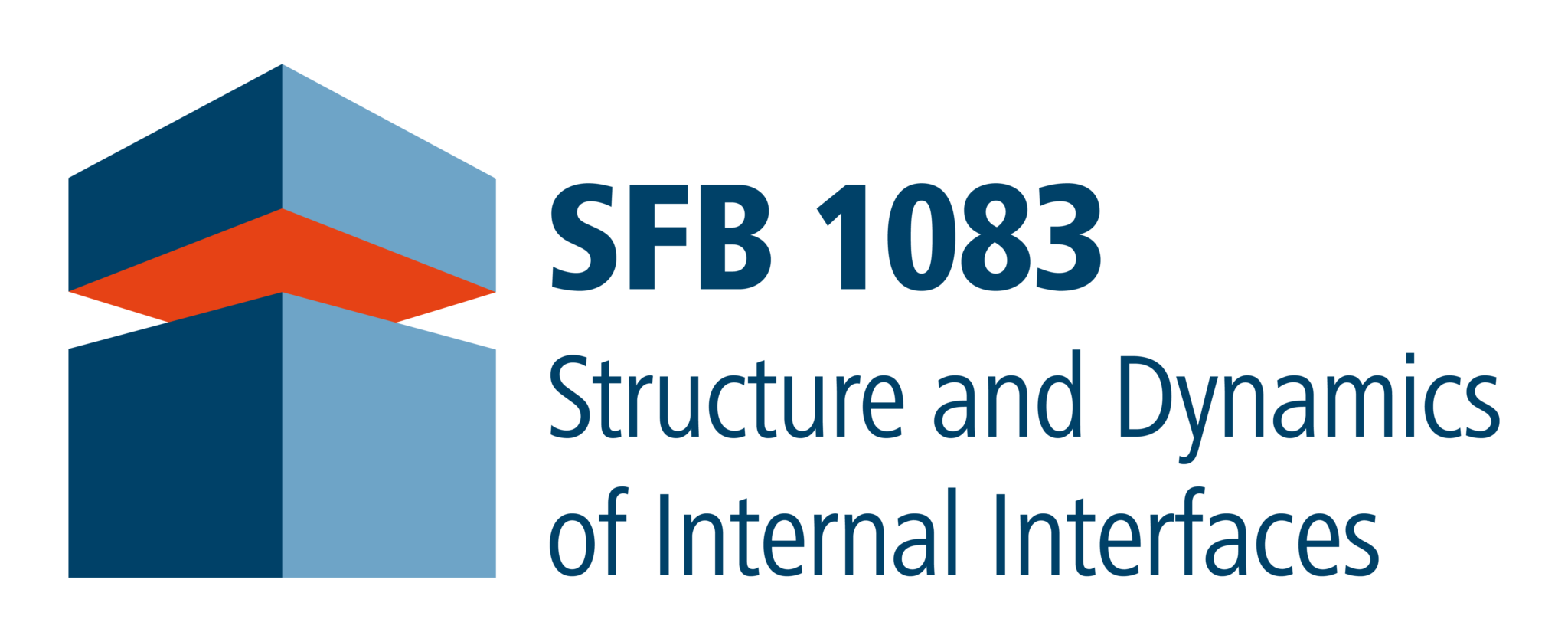
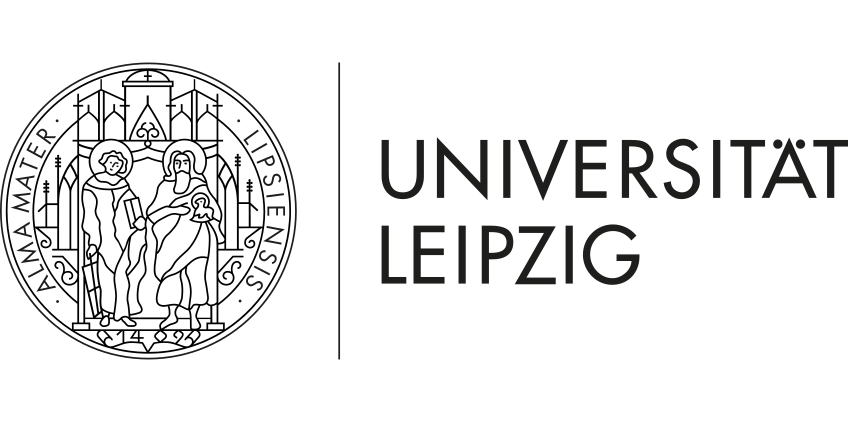
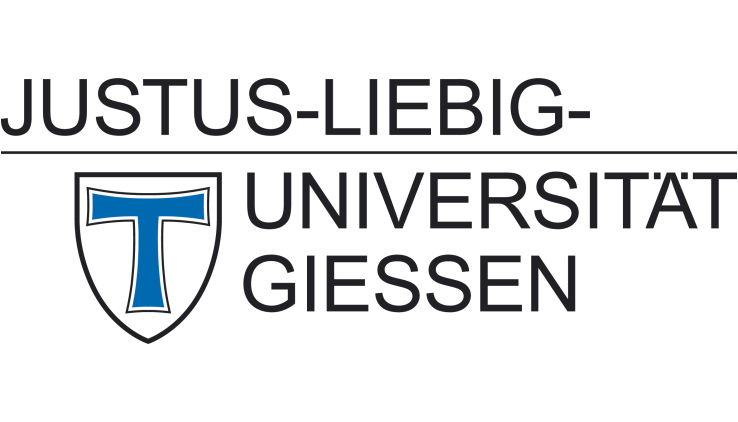


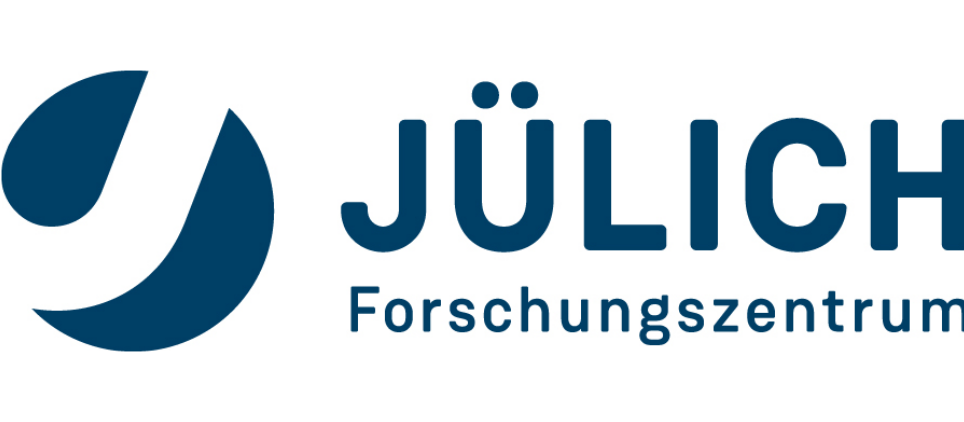
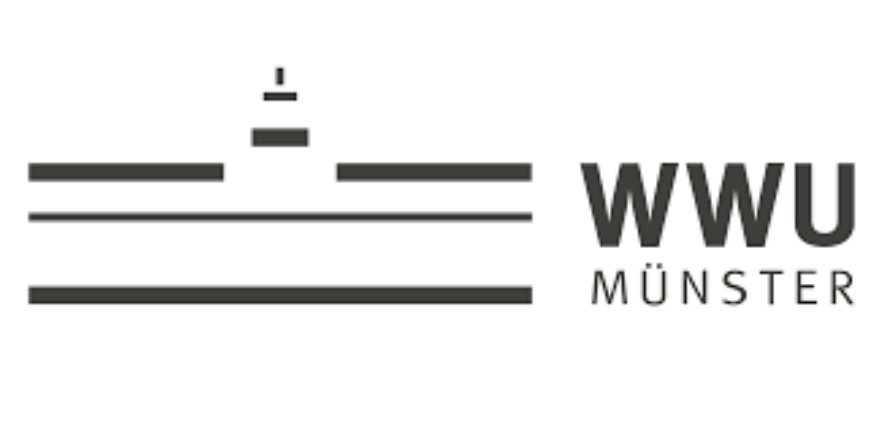
Prof. Gottfried (A4) is awarded SCS Lectureship 2016
/in News /by sfb1083The SCS Lectureship is sponsored by the Swiss Chemical Society and Prof. Gottfried will tour from June 6-10, 2016. His host during this time is Prof. Dr. Karl-Heinz Ernst at EMPA.
Poster Prize at BESSY User Meeting 2015
/in News /by sfb1083At the 7th Joint BER II and BESSY II User Meeting in Berlin, Michael Klues, Ph.D. student in SFB-project A2 of Prof. Dr. Gregor Witte, won this year’s poster prize.
7th Joint BER II and BESSY II User Meeting: The conference brings together the international user communities of the two HZB large scale research facilities to enable presentation and discussion of results obtained with neutrons and synchrotron radiation. Especially the latter is of interest for projects within SFB 1083 since many questions can experimentally only be addressed by synchrotron radiation based methods.
Poster “Gaining deeper insight into the electronic structure of extended aromatic molecules by NEXAFS” by M. Klues, T. Breuer, P. Jerabek, M. Oehzelt, R. Berger, and G. Witte (Philipps-Universität Marburg) – The 7th Joint BER II and BESSY II User Meeting Dec 9-11, 2015, Berlin Adlershof, Germany.
See also press release (in German) of the Helmholtz Zentrum Berlin.
New APS-Fellows Mackillo Kira & Daniel Sánchez-Portal
/in News /by sfb1083SFB 1083 congratulates its members Prof. Dr. Mackillo Kira, Marburg, and Dr. Daniel Sánchez-Portal from the Donostia International Physics Center (DIPC) in Spain upon their election as Fellows to the American Physical Society (APS).
Dr. Daniel Sánchez-Portal (right), Co-PI of project GP1 “Electron dynamics at organic/inorganic interfaces from first principles” based at the Donostia International Physics Center (DIPC) in San Sebastián Spain, has been elected Fellow of the APS in recognition “for contributions to the development and use of electronic structure methods, especially SIESTA and its time-dependent version, which has enabled the simulation of systems of unprecedented complexity.” His nomination came through the Computational Physics Division of the APS.
New Publication by A2 (Witte)
/in News /by sfb1083The authors Tobias Breuer and Gregor Witte working in project A2 of SFB 1083 demonstrate a novel concept for the preparation of organic interfaces and solid heterostructures of tunable molecular orientation in a new publication in ACS Applied Materials & Interfaces.
The controlled preparation of heterostructures of various materials is an important prerequisite for the fabrication of electronic devices and sensors. For example, structural control of heterostructures of conventional, inorganic semiconductors enables electronic band engineering. In contrast with such covalently bound systems, rather little is known on appropriate strategies to facilitate organic heterostructures of precise, controlled structure. This is especially true, as organic materials are typically bound by rather weak van-der-Waals interaction only. Therefore, direct utilization of covalent bonding mechanisms which also direct the structure formation
in inorganic heterostructures is not possible. In the past, a number of strategies were developed to prepare organic films of high structural order and homogeneity. These mostly utilized enhanced adsorption energies at inorganic substrates or lattice match to gain control over film structure and molecular orientation. However, these approaches have been limited to unitary films only. The realization of organic heterostructures also requires consideration of molecular orientation, a peculiarity of molecular materials which is absent in the inorganic counterparts. Due to their anisotropic shape, the orientation of individual molecules in the films constitutes an important parameter, as opto-electronic characteristics of processed molecular solids are strongly determined by their alignment.
The authors developed the idea to employ molecular pattern recognition on the nanoscale. They show that molecules of sufficiently similar structure can transfer their orientation from a bottom layer to the top layer of the second compound and thereby “inherit” their structure. The authors also show that this process reliably takes place for all different mutual configurations (i.e. in standing or recumbent orientation) of the model-type organic donor molecules pentacene (PEN) and acceptor molecules perfluoropentacene (PFP). This has allowed them to facilitate internal interfaces in organic heterostructures in different exclusive orientations. Unlike frequently observed for unitary organic film growth, orientation of the constituents is not only controlled at the interface with the organic bottom layer but also persists for thicker top layers (thicknesses up to 30 nm), proving the stability of this concept.
This novel structuring method for precise molecular interfaces with tunable molecular orientation paves the way for a detailed characterization of the intermolecular
electronic coupling as a function of the mutual alignment which will be addressed in upcoming studies within SFB 1083.
Publication:
T. Breuer and G. Witte: Controlling Nanostructures by Templated Templates: Inheriting Molecular Orientation in Binary Heterostructures,
ACS Applied Materials & Interfaces (2015), DOI: 10.1021/acsami.5b07409
New project B8 (Berger) funded by DFG
/in News /by sfb1083His project entitled “Quantum chemistry for molecular vibrational and electronic transitions at organic interfaces” has been granted funding as a supplementary propososal by the DFG. Professor Berger’s expertise in vibronic structure theory and quantum chemistry of molecular properties will particularly strengthen our research efforts at internal interfaces of organic materials that consist of extended pi systems.
Prof. Gottfried (A4) receives Chinese Academy of Sciences Award
/in News /by sfb1083Prof. Dr. Michael Gottfried, jointly with his research colleague Prof. Dr. Junfa Zhu of the National Synchrotron Radiation Laboratory (NSRL) at the University of Science and Technology of China (Hefei, Anhui, China), were recognized for their outstanding efforts in training the next generation of young scientists with the “International Partnership Award for Young Scientists 2015” by the Chinese Academy of Sciences (CAS). Profs. Gottfried and Zhu met at the University of Erlangen-Nürnberg several years ago and Prof. Gottfried spent in total 6 months at the NSRL as a visiting scientist and guest professor during the years 2009-2015.
Post-Lindau delegation visits SFB 1083
/in News /by sfb1083On 09.07. a delegation of junior scientists from India and Thailand visited SFB 1083. Following their attendance of the 65th Nobel Laureates Meeting in Lindau the group was invited by the Deutsche Forschungsgemeinschaft (DFG) to visit selected research groups in Germany over the course of 8 days. In short presentations that included posters and laboratory tours the group was given the opportunity to learn about SFB 1083.
Best Poster Award at USD9 in Japan
/in News /by sfb1083Alexander Lerch, Ph.D. student in the research group on surface physics headed by Professor Dr. Ulrich Höfer, was honored with a “Best Presentation Award for Young Scientists” at the 9th International Symposium on Ultrafast Surface Dynamics (USD9) at Lake Biwa, Japan.
Poster “Time-resolved nonlinear spectroscopy at the buried GaP/Si interface” by A. Lerch, K. Brixius, A. Beyer, K. Volz, W. Stolz,
and U. Höfer (Philipps-Universität Marburg)
The 9th International Symposium on Ultrafast Surface Dynamics (USD9) May 25-29, 2015, Lake Biwa, Japan
Prof. Dehnen, PI for project A9, to remain in Marburg
/in News /by sfb1083SFB 1083 is pleased to announce that Prof. Dr. Stefanie Dehnen, principal investigator in project A9, has agreed to accept the university’s offer to remain in Marburg and turn down the offer for a W3-professorship in Cologne.
For more detail on the work of Professor Dehnen check out the
homepage of her workgroup.
New Publication by B4 (SW Koch/Kira)
/in News /by sfb1083Members of SFB 1083 project B4 are co-authors on a new publication in PRL entitled “Coherent Terahertz Control of Vertical Transport in Semiconductor Heterostructures”.
provides new principles to applications, such as computers, semiconductor lasers, and solar cells, where it is desirable to selectively move different electronic clusters through material interfaces.
Publication: Osmo Vänskä & al.: Coherent terahertz control of vertical transport in semiconductor heterostructures, Physical Review Letters 114 (2015) 116802, DOI: 10.1103/PhysRevLett.114.116802, URL: https://journals.aps.org/prl/abstract/10.1103/PhysRevLett.114.116802
Read below from the university’s press release in German:
Transport ohne Träger
Theoretische Physiker erweitern die Anwendungsmöglichkeiten von Halbleitern.
Physiker aus Marburg und dem finnischen Aalto haben eine Versuchsanleitung entwickelt, die neue nanotechnische Anwendungen von Halbleitern eröffnet. Demnach ist eine Sequenz elektromagnetischer Pulse in der Lage, Ladungen über die inneren Grenzflächen von Halbleitern zu transportieren, die aus ungleichartigen Materialien bestehen. Das Team veröffentlicht seine Ergebnisse in der aktuellen Ausgabe der Fachzeitschrift „Physical Review Letters“, die am 20. März 2015 erscheint.
„Der Transport von Ladungen über Grenzflächen hinweg ist von entscheidender Bedeutung bei vielen Naturerscheinungen und technischen Anwendungen“, erklärt Mitverfasser Professor Dr. Mackillo Kira von der Philipps-Universität. Das gilt etwa für Solarzellen, aber auch für organische Prozesse wie die Photosynthese, mit der Pflanzen Energie aus Sonnenlicht gewinnen. Solarzellen beruhen auf Halbleitern, die aus mehreren Schichten verschiedener Materialien aufgebaut sind.
Kira und sein Marburger Kollege Professor Dr. Stephan Koch sowie ihre finnischen Partner Dr. Osmo Vänskä und Professor Dr. Ilkka Tittonen wählten als Modell ein Halbleitersystem auf der Basis von Galliumarsenid, das die Beweglichkeit eines Teilchens stark einschränkt, einen so genannten Quantentopf. Sie nutzten einen vor wenigen Jahren entwickelten Theorierahmen für die Quanten-Laserspektroskopie, um zu zeigen, wie ein effizienter Ladungstransfer über innere Grenzflächen hinweg verwirklicht werden kann. Dabei kommen Terahertz-Strahlen zur Anwendung, um den Halbleiter kontrolliert anzuregen.
„Das gelingt derart präzise, dass es sogar möglich ist, quantenmechanische Eigenschaften zu transportieren, ohne Teilchen zu bewegen“, hebt Koautor Koch hervor. Die vorgeschlagene Vorgehensweise ist den Autoren zufolge geeignet, Grenzflächen bei nanotechnologischen Anwendungen zu charakterisieren und deren Eigenschaften nutzbar zu machen.
Professor Dr. Stephan Koch und Professor Dr. Mackillo Kira lehren Theoretische Halbleiterphysik an der Philipps-Universität. Erst vor wenigen Jahren legten sie einen neuen Theorierahmen für die Quanten-Laserspektroskopie vor.
Die aktuelle Veröffentlichung wurde unter anderem von der „Suomen Akatemia“ (Akademie von Finnland) sowie durch den Sonderforschungsbereich (SFB) 1083 der Deutschen Forschungsgemeinschaft an der Philipps-Universität finanziell gefördert. Der SFB vereint mehr als 60 Forscherinnen und Forscher aus Chemie und Physik, die Grenzflächen an einer Vielzahl anorganischer und organischer Festkörper untersuchen, um anhand ihrer Modellsysteme zu einem detaillierten Verständnis der chemischen Bindung, der elektronischen Kopplung und der Energieübertragung zu gelangen.
Originalveröffentlichung: Osmo Vänskä & al.: Coherent terahertz control of vertical transport in semiconductor heterostructures, Physical Review Letters 114 (2015) 116802, DOI: 10.1103/PhysRevLett.114.116802, URL: https://journals.aps.org/prl/abstract/10.1103/PhysRevLett.114.116802
Pressemitteilung zur Theorie der quantenoptischen Spektroskopie: https://www.uni-marburg.de/aktuelles/news/2011/0918a
Pressemitteilung zum SFB 1083: https://www.uni-marburg.de/aktuelles/news/2013b/0524a